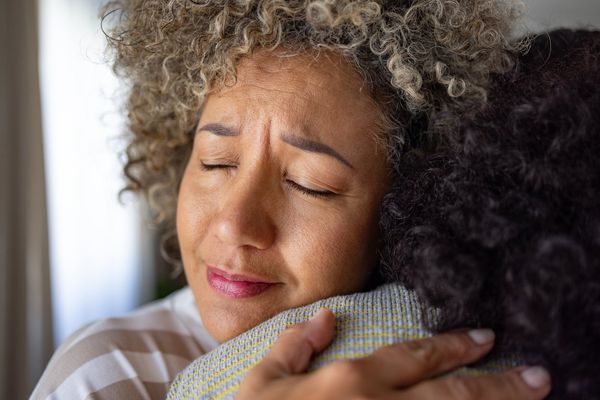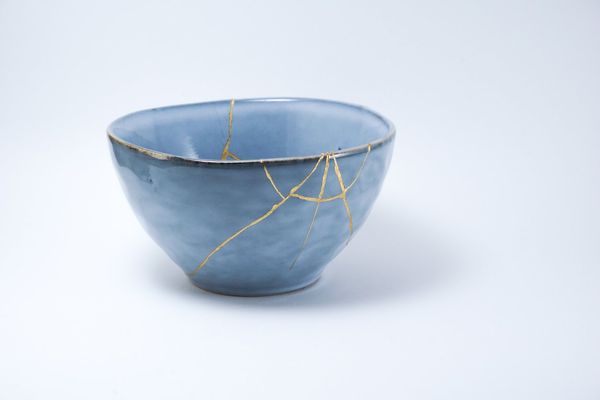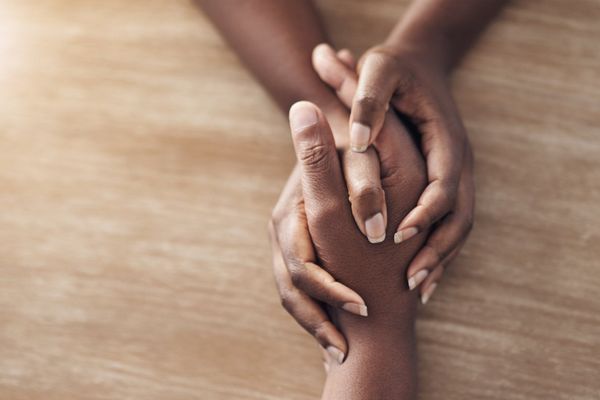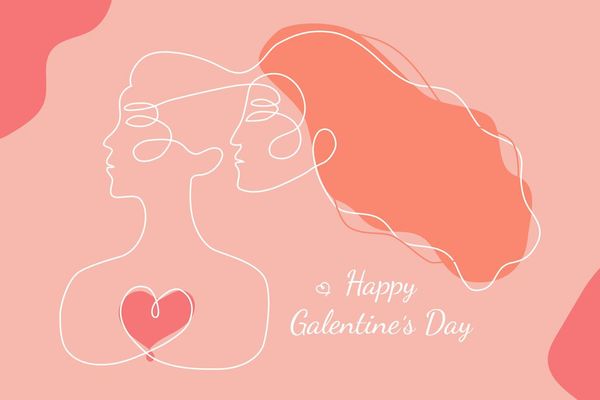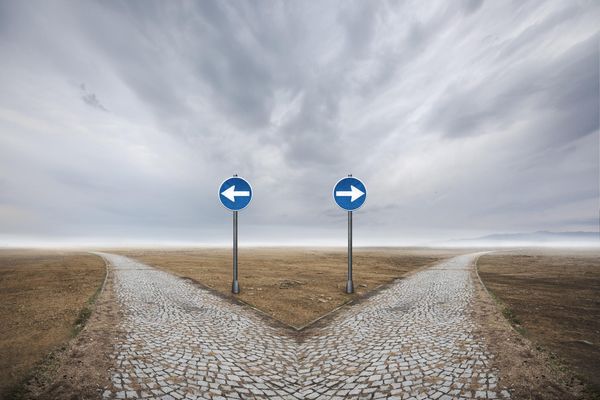If you’ve been on social media lately, you’ve probably seen #attachmentstyle making the rounds. The hashtag has been viewed more than a billion times on TikTok.
So what is attachment style?
Relationship attachment style refers to how people behave in relationships, from expressing intimacy to handling conflict. The term became popular in 1969 when psychologist Mary Ainsworth developed the Strange Situation Procedure (surprisingly not trending on TikTok) to measure attachment between caregiver and child.
Ainsworth’s attachment theory says the emotional bonds we form with our caregivers (usually parents) as babies play a big role in how we behave in relationships as adults. For example, if you had a caretaker who wasn’t attentive to your needs or reliable, you’re more likely to have difficulties in adult relationships.
Therapist Lori Gordon-Michaeli, LCSW, said learning your attachment style can help you better understand the way you tick and how you respond to your partner. “It helps us learn what our needs are and how we can help our partner meet those needs. It also helps us to understand our partner and their approach to the relationship.”
Read: What Are the 5 Love Languages? >>
Gordon said attachment style is driven by the subconscious self rather than the conscious self. “If we know our attachment style, we can navigate a healthy version of interactions. Instead of reacting, we learn to respond in the relationship. A lot of times relationships don’t work because of our attachment styles and a lack of awareness in responses.”
The four attachment styles are:
- Secure
- Anxious
- Avoidant
- Disorganized
The three insecure styles — you guessed them — have negative impacts on relationships. But you can take steps to recognize insecure attachment styles and make changes to help form healthy relationships.
We asked Gordon about the basics behind the 4 attachment styles and what to know if you or your partner has an insecure attachment style.
1. Secure attachment style
People who have a secure attachment style are usually confident in the bond they have with their partners. So, they usually do well in relationships.
They’re comfortable sharing feelings and are good at communicating. They don’t usually read into things and are fine with intimacy and vulnerability while, at the same time, still feel secure in who they are. Basically, the type of partner we all want.
If you or your partner has a secure attachment style: People with secure attachment styles will usually gravitate to each other. However, if they are in a relationship with someone who has an insecure attachment style, they are likely to be willing to meet their partner where they are and/or help work through problems.
2. Anxious attachment style
People with an anxious attachment style typically had something happen in their infancy or young childhood development that led to feelings of abandonment. So, as adults, they want to feel close and intimate with their partner so they feel reassured and safe.
However, the need for constant reassurance and relationship validation can be difficult in a relationship. People with anxious attachment may sabotage the relationship in attention-seeking ways to get validation. Feeling insecure, jealous and needy are also signs of anxious attachment style.
If you or your partner has an anxious attachment style: It may be beneficial to work on coping skills using talk therapy, such as dialectical behavior therapy (DBT) for self soothing and cognitive behavioral therapy (CBT). EMDR, which stands for eye movement desensitization and reprocessing, may also help to move past feelings of abandonment.
3. Avoidant attachment style
People with avoidant attachment tend to withdraw during intimacy and shy away from closeness overall. This is because the idea of being vulnerable feels threatening to them. People with avoidant attachment have difficulty trusting other people and invest little in relationships.
If you or your partner has an avoidant attachment style: Therapy can help people with avoidant attachment style learn to trust and share thoughts and feelings. Note: Avoidant and anxious attachment styles can become very toxic when together, so both parties should consider therapy.
4. Disorganized attachment style
People with disorganized attachment styles have a combination of anxious attachment with avoidant traits. Usually people with this attachment style have been through trauma and/or abuse and have a very hard time trusting anyone.
Disorganized attachment may lead to unpredictable behavior and trouble regulating emotions. Signs of disorganized attachment include contradictory behaviors, like being hot and cold, and a fear of rejection.
If you or your partner has a disorganized attachment style: Therapies that include trauma support may help people with disorganized attachment. EMDR and trauma-focused CBT are two examples that may also help people process and move forward toward healthier relationships.
The good news is that people with any of these attachment styles are capable of happy relationships. “Therapy is very helpful in all regards to gain knowledge about ourselves in ways we never really thought about,” Gordon said. “If you are having problems in your relationships it might be a good idea to start with self reflection in order to be the best version of yourself. That usually changes how we interact with others, which in turn, shifts the relationships into more pleasant waters.”


